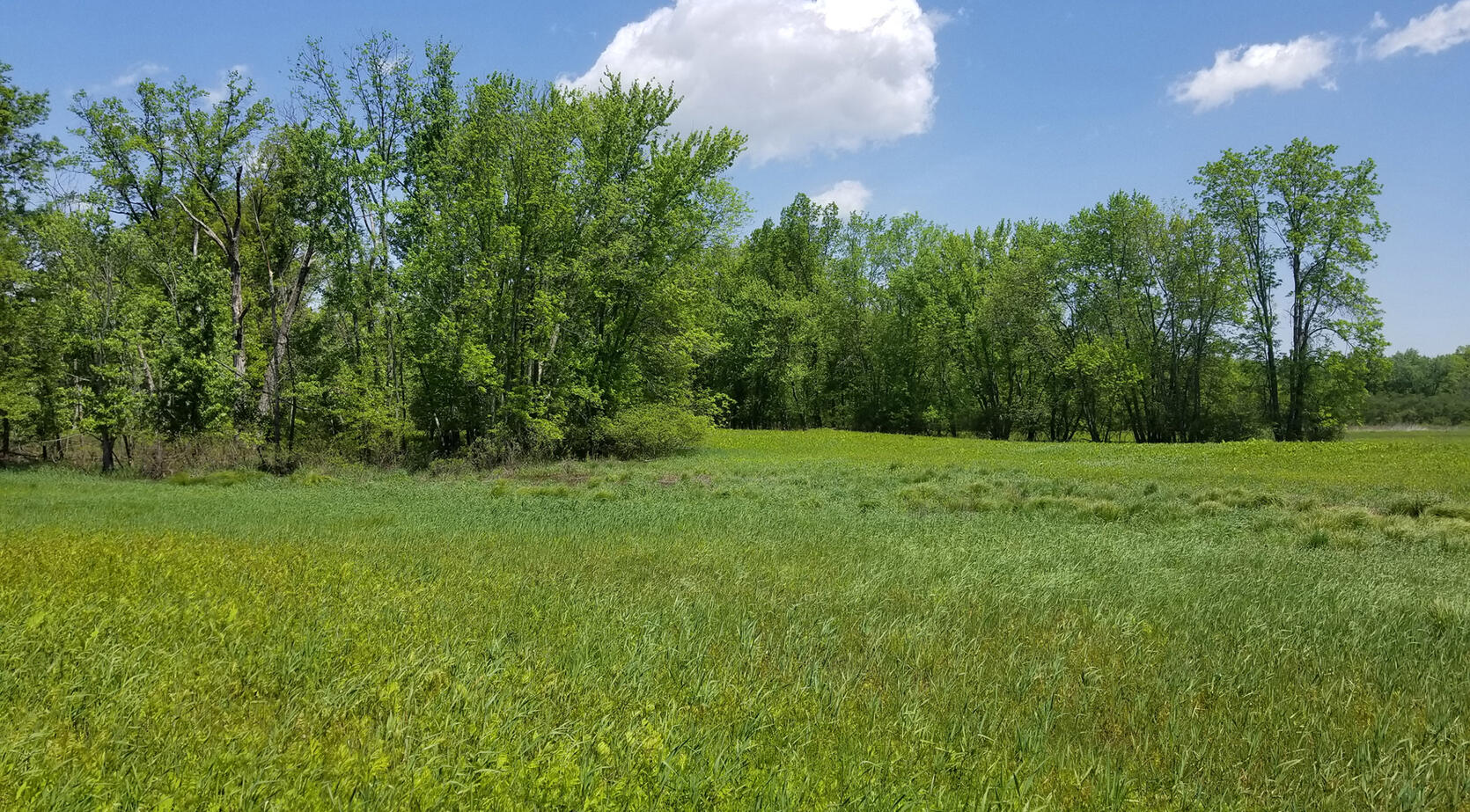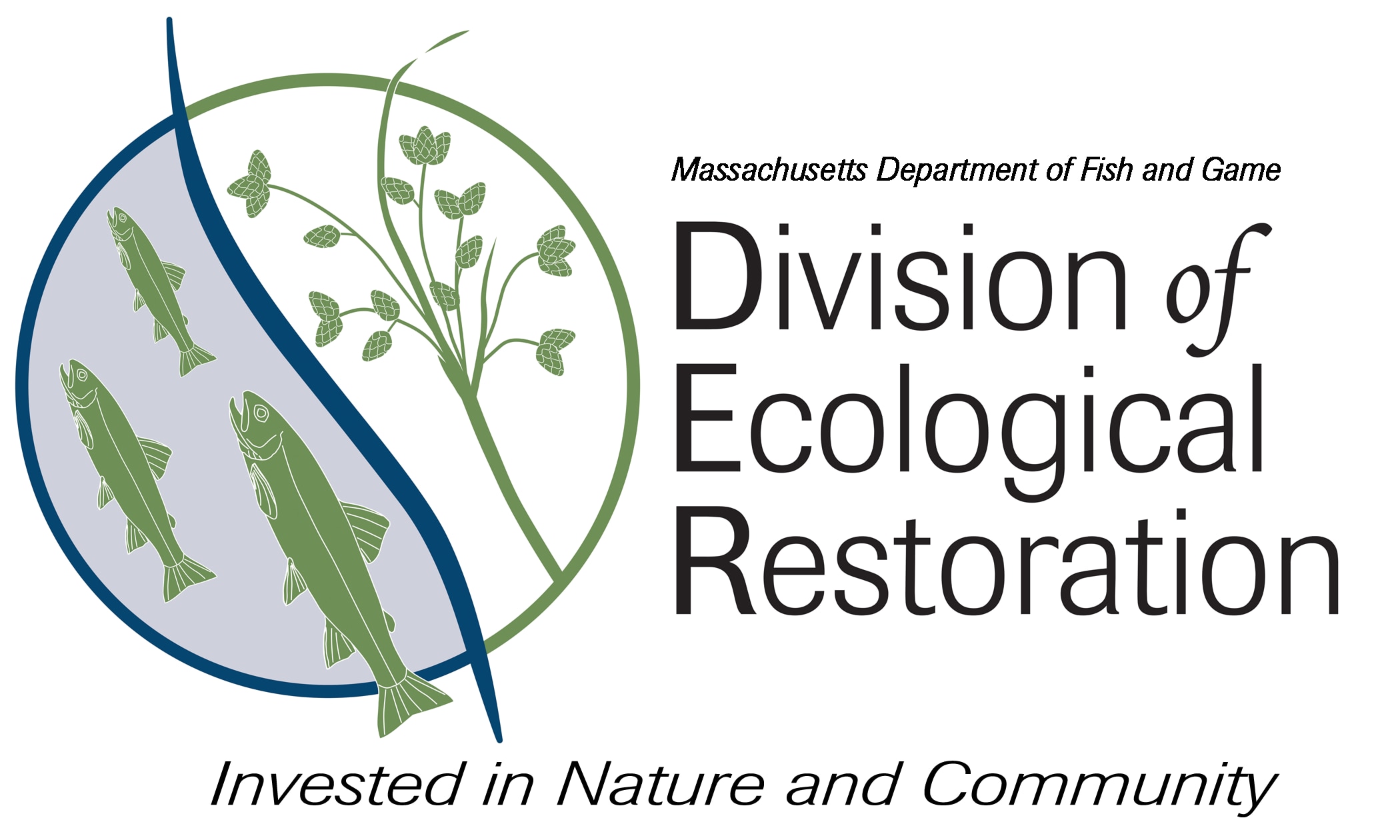- Division of Ecological Restoration

At first glance, floodplain forests may not look anything out of the ordinary. In fact, to the untrained eye, they can be hard to differentiate from the many forested communities that exist across New England’s landscapes. However, as one looks a bit deeper, a truly unique ecosystem is revealed – one with many important functions.
Floodplain forests require flooding to sustain themselves. Within larger river systems (e.g., Connecticut River), they are generally found in areas that are flooded at a 2-year recurrence interval. Higher flooding frequencies will result in a more semi-aquatic or aquatic system, while lower frequencies will result in a more traditional upland forest. Flooding typically occurs in the spring, when the water table is high and rapid snow melt occurs.
Within these floodplain forests, many important processes occur. One of the most important relates to the inputs of sediment and organic matter from recurring flood events. Over time, accumulation of the sediment and organic matter results in the creation of a soil parent material (i.e., the underlying geologic material from which the soil is derived) known as “alluvium”. Soils derived from alluvium are among the most productive on earth and provide the foundation for the unique assemblages of flora and fauna (including many rare species) that exist in these forests. These communities provide increased biodiversity and spatial heterogeneity at the landscape scale. In addition (and perhaps most importantly to us humans), these floodplain forest ecosystems mitigate flooding hazards by slowing the movement of floodwaters, thereby reducing erosion and downstream sedimentation, while allowing surface water to be absorbed and transferred into the water table. As the water moves through the root zone, excess nutrients and toxins are removed and/or transformed by the existing plant and microbial communities, improving water quality.
Prior to European settlement, the banks of the Connecticut River harbored expansive floodplain forest communities. Over time, however, Native Americans and later, European settlers, cleared these floodplains, whose rich and stone-free alluvial soils were well suited for agriculture. With increases in agriculture came increases in population, resulting in development pressures that led to additional loss of these forest systems. Currently, floodplain forests represent only 0.1% of the nearly 3,000,000 hectare Connecticut River watershed. Much of this area is developed, contains agricultural easements or consists of wetland communities, leaving little opportunity for restoration.
Despite these challenges, DER has partnered with MassAudubon to restore 15-acres of existing grassland (former agricultural field) to a high-terrace floodplain forest community. The Manhan Meadows Restoration Project, located within MassAudubon’s Arcadia Wildlife Sanctuary, will ultimately establish an increasingly rare natural community type in Massachusetts and in doing so, re-establish floodplain processes and succession, create habitat for several rare plant and animal species, and improve adjacent grassland habitat. This is the first project of its type for DER, and highlights the Division’s efforts to identify and pursue new restoration opportunities across the State. The project is currently in the preliminary design phase, and is anticipated to go to construction in late 2019/early 2020.
